Pregnancy is an incredible journey filled with joy and anticipation, but it can also bring about various changes to your skin that may catch you off guard. Understanding these changes is crucial for maintaining healthy skin during this special time. In this blog, we’ll explore the common skin conditions that may arise during pregnancy and share tips on how to nourish and protect your skin naturally.
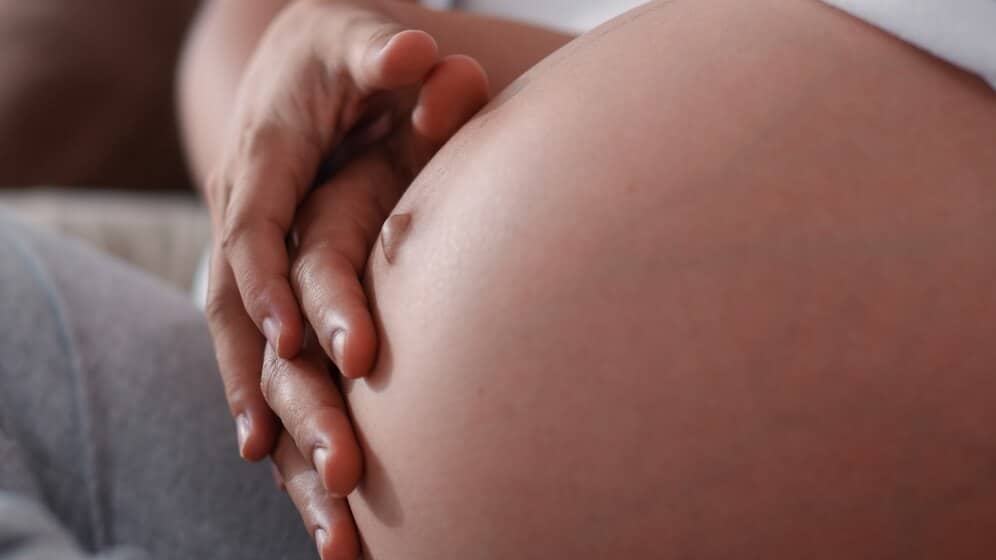
Changes to Your Skin During Pregnancy
Your skin during pregnancy may undergo a variety of changes due to increased blood flow and elevated hormone levels. While some women find that their skin looks healthier than ever, others may experience dryness, blotchiness, or even acne and increased sensitivity. Additionally, certain areas of the skin, such as the nipples, armpits, inner thighs, genital area, and under the eyes, may darken.
Dry and itchy skin is a common complaint, affecting even those with oily skin who may suddenly find their complexion dehydrated and irritated. Understanding how to nourish your skin can relieve irritation and enhance your natural pregnancy glow. The best way to combat dry skin is to use our Aerated Balm, which features a patented aeration process that creates a silky soft, breathable texture. This provides an ultra-thin protective barrier that is non-comedogenic, ensuring it won’t clog pores. Our organic formula delivers an instant moisture boost while locking in hydration throughout the day, keeping your skin balanced from morning to night. When caring for your skin during pregnancy, it’s crucial to use only pregnancy-safe products.
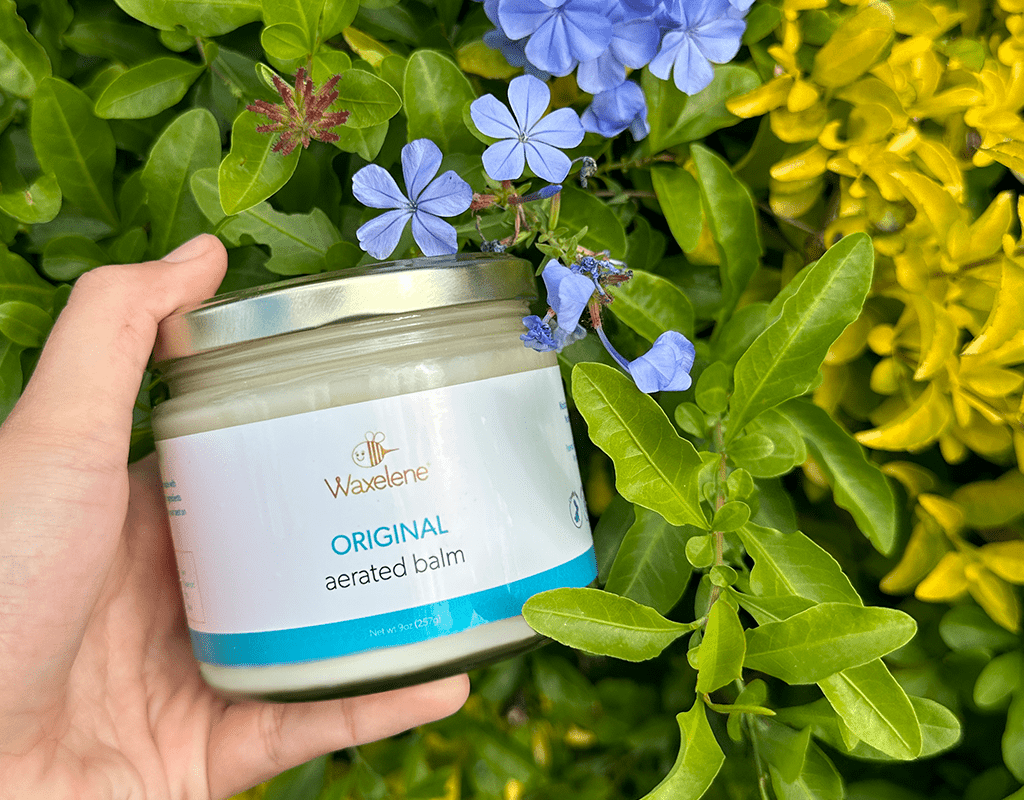
Common Skin Conditions During Pregnancy
ACNE: Acne is a common skin condition that usually begins during adolescence. If you have acne, it is likely to flare up during the first trimester of your pregnancy. Fortunately, pregnancy acne usually improves significantly or even disappears entirely during the last trimester. After giving birth, breastfeeding can help you keep acne away.
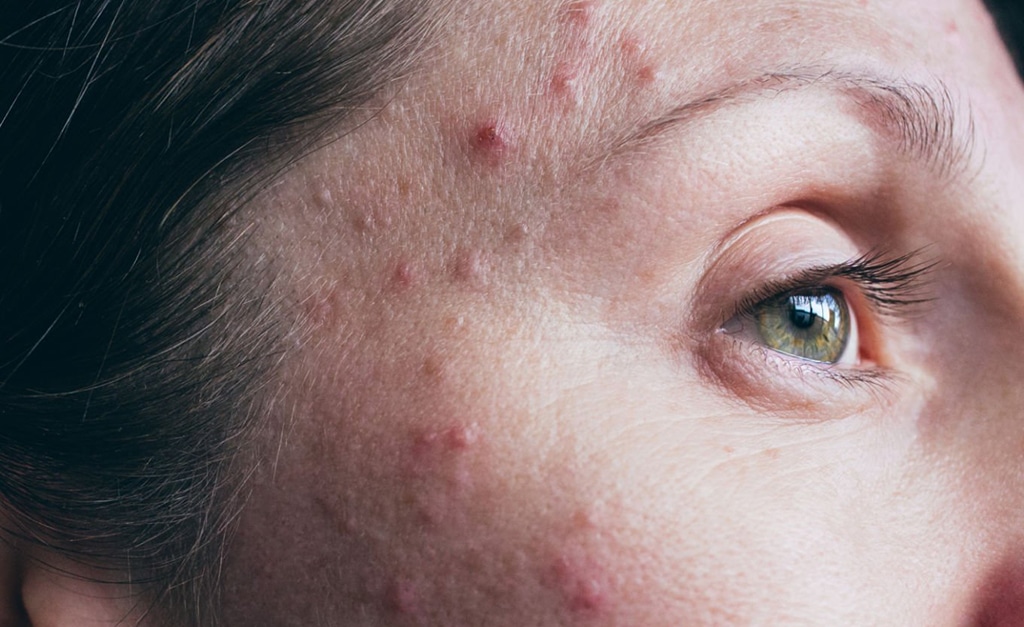
ECZEMA: Eczema is the most common skin condition you can develop during pregnancy. It causes dry, scaly, itchy, red skin. It usually affects your face, wrists, ankles, elbow creases and the back of your knees. You are more likely to get eczema symptoms in the first 2 trimesters of pregnancy. Eczema is also known as atopic dermatitis or atopic eruption of pregnancy.
Eczema in pregnancy is treated by improving your skin health and treating the skin irritation.
You can improve your skin health by taking one short shower a day without making it too hot, using a soap-free wash or bar, and drying off immediately after your shower by patting your skin dry with a towel. Additionally, it’s essential to apply a thick ointment-based moisturizer at least twice a day to protect and enhance your skin barrier. We recommend our aerated balm, made with four organic ingredients: soy oil, beeswax, natural vitamin E oil, and rosemary oil, all without chemical additives.
Read more about Eczema
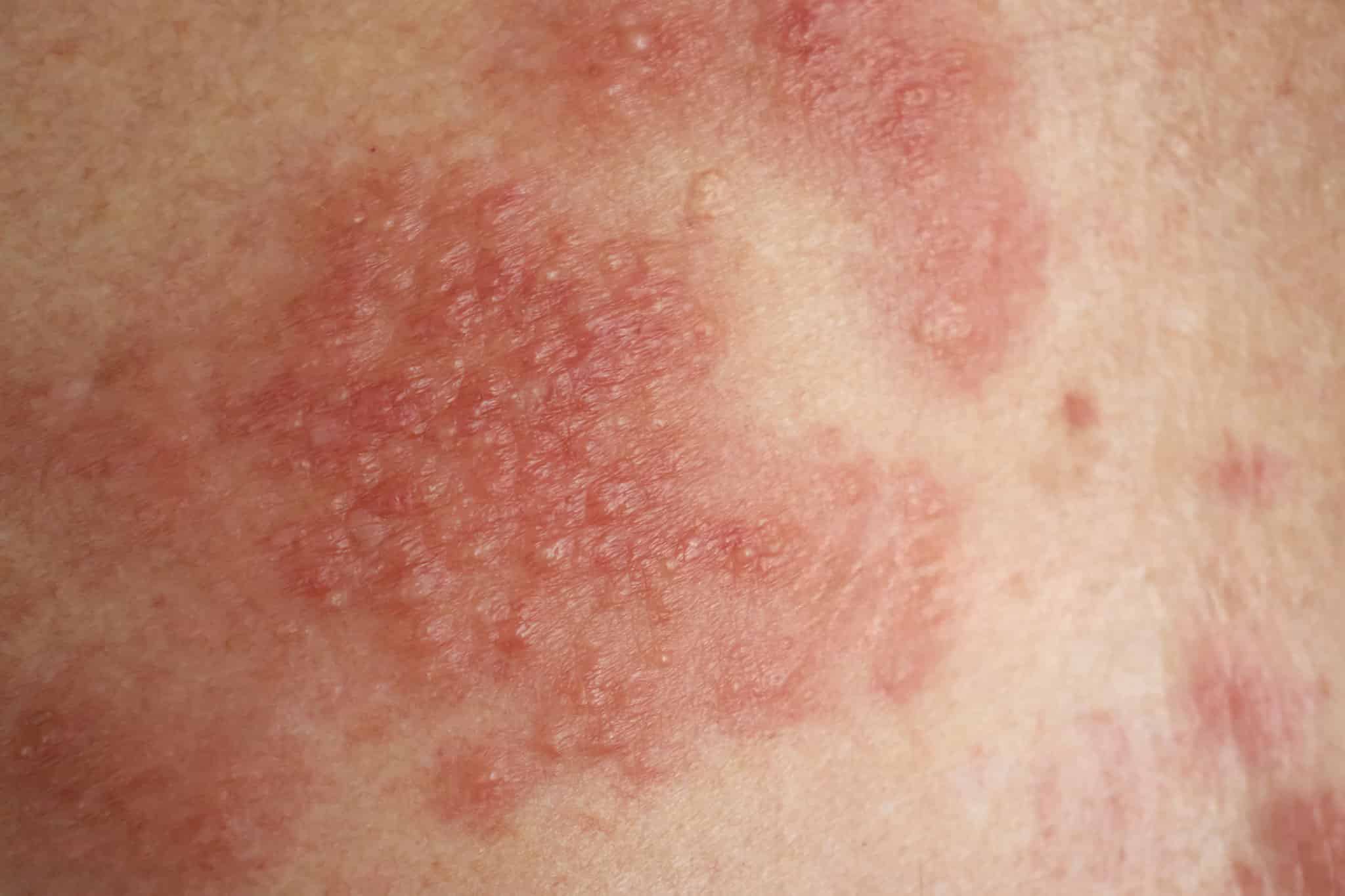
LINEA NIGRA: Linea nigra (the ‘pregnancy line’) is a dark line of skin down the middle of your abdomen. It starts from your belly button and continues down to your pubic area. It often develops during the first trimester of pregnancy. Linea nigra is not dangerous. It won’t cause any problems for you or your baby and doesn’t need treatment.
When you’re pregnant, hormonal changes in your body cause your skin to make more melanin. Melanin is the substance that gives your skin it’s colour. Higher melanin levels can cause some areas of your skin to become darker during pregnancy. This is more likely if you have naturally darker skin. The linea nigra is one of the areas that can become darker. It is caused by darkening of the linea alba, which is a band of connective tissue that joins your abdominal muscles together.
MELANOCYTIC NAEVI: Moles are normal growths of melanocytes (pigment-producing cells) on your skin. Most people have moles and they sometimes change in appearance or size during pregnancy. This is usually not worrying and should not affect your pregnancy. However, moles have the potential to develop into melanoma, a type of skin cancer. If you notice any of your moles change during your pregnancy, show them to your doctor.
Your doctor will check your naevi, looking for:
- Asymmetry
- Border irregularity
- Colour variation
- Diameter of more than 6 millimetres (mm)
- Elevation or Evolution (change in size, shape or colour)
PRURIGO OF PREGNANCY: Prurigo of pregnancy is an itchy rash that may develop during pregnancy. The rash feels dry and bumpy and may cover large areas of your abdomen, arms or legs. It usually appears in the first or second trimester. Your chance of developing prurigo is higher if you have family members with eczema, asthma or hay fever. Prurigo of pregnancy is not dangerous. While it can be uncomfortable for you, it won’t cause any pregnancy problems, and it is not harmful to your baby.
The aim of treatment is to relieve your symptoms so that you don’t feel itchy. Try to stay cool, wear clothing made from soft fabrics and keep your skin nourished with our aerated balm to avoid itchiness.
MELASMA: Melasma are brown patches that can appear on your skin, usually on your face. It is also known as chloasma or ‘the mask of pregnancy’. Melasma is very common in pregnancy, usually in the second or third trimester. People who aren’t pregnant can also develop melasma. Melasma doesn’t cause any health problems, but it might be difficult to cope with emotionally, especially if it’s on your face. While melasma can be hard to treat, there are many different treatments that may help improve this condition, and they are often used in combination. Many treatments are not safe in pregnancy. Your doctor or dermatologist can diagnose and help you manage melasma safely.

STRETCH MARKS: Stretch marks (also known as striae) are red, pink or purple lines that can appear on your skin. Stretch marks are common and around 9 out of 10 females will develop stretch marks during pregnancy. Stretch marks are most common on your abdomen (tummy) but they can also appear on your thighs, breasts, hips and upper arms.
What causes stretch marks during pregnancy?
When your skin is stretched, changes occur in the deep layers of your skin, forming stretch marks. When a stretch mark first develops, there are more blood vessels and some inflammation in the area. This causes the change in colour. Stretch marks are more likely to appear if you gain weight quickly. It’s important to eat healthily and exercise when you’re pregnant. They often appear in the third trimester of pregnancy as your tummy gets bigger and because of hormone changes in your body.
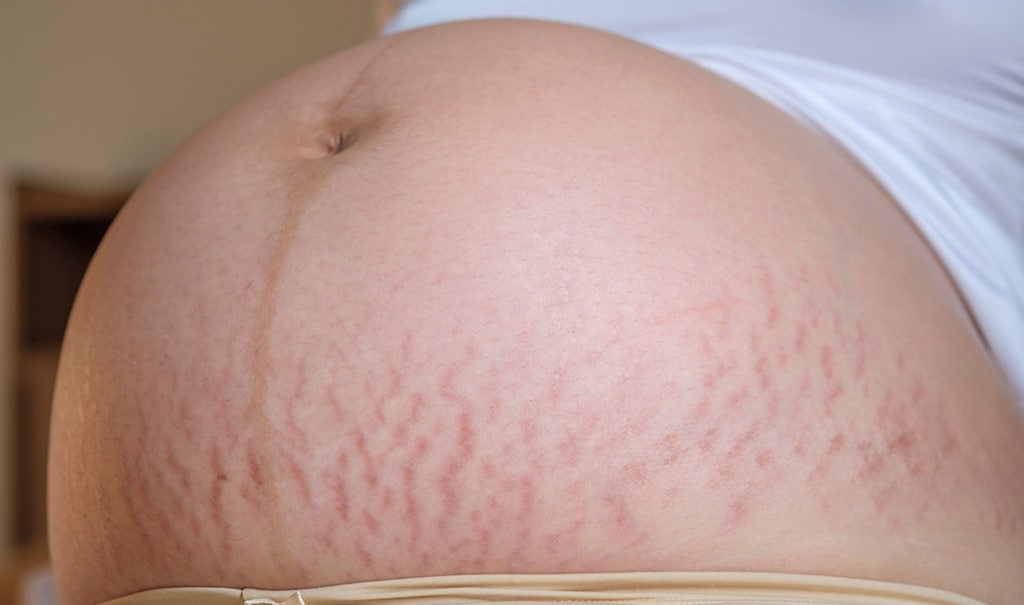
Stretch marks are not painful and should not cause any medical problems. However, the changes caused by the stretching of the skin can lead to irritation and mild discomfort. As a result, the area affected may become itchy or irritated.
Dryness may also become an issue. Therefore, it is important to care for the skin and avoid further irritation. This can be accomplished by utilizing a moisturizing balm regularly and by avoiding scratching of the area.
VARICOSE VEINS: Varicose veins are blood vessels that have collected too much blood. They mainly develop in your legs. They can look blue and swollen, and may cause aches and pains in your legs. Varicose veins during pregnancy are quite common: up to 4 in 10 women will get varicose veins. They often start to appear in the first trimester and your risk increases with the more full-term pregnancies you’ve had, if you are older or if they run in your family.
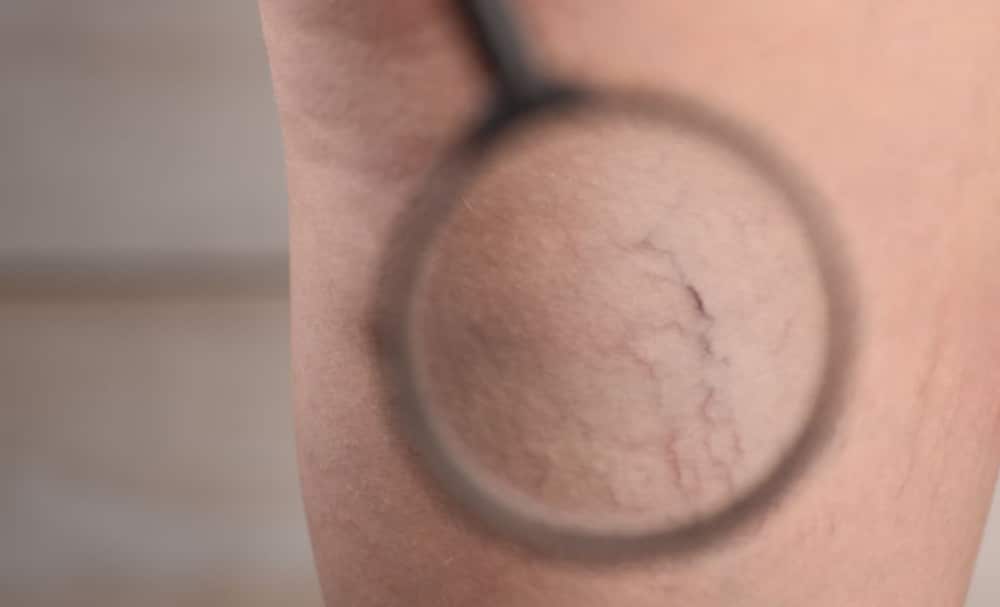
How to Look After Your Skin During Pregnancy
Most non-prescription skincare products, moisturizers, and cosmetics are generally safe to use during pregnancy. However, it’s important to remember that the chemicals in creams and ointments can be absorbed into your bloodstream, so it’s wise to check the ingredients of the products you apply. Additionally, your skin may become more sensitive during this time and may react to certain chemicals.
Keeping your skin properly hydrated is essential for addressing almost any skin concern. In fact, natural remedies and cosmetic treatments work best when your skin is well-moisturized. We recommend our original aerated balm, designed to moisturize, soothe, and nourish your skin throughout this beautiful journey. For a calming experience, our lavender aerated balm provides relaxation with its soothing properties. To complete your skincare routine, consider adding our Body, Face, and Hand Wash, formulated with five natural ingredients, fragrance-free, and safe for sensitive skin and babies.
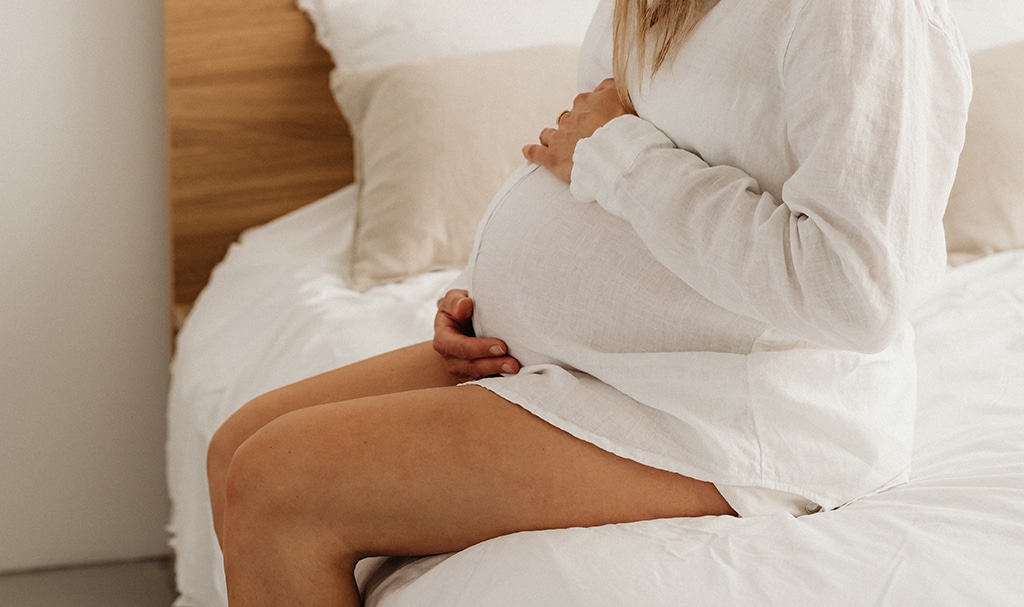
Pregnancy is a transformative journey that not only changes your body, but also shifts your mindset as you navigate the profound physical and emotional change. It’s normal to feel overwhelmed, but with the right care, you can keep your skin healthy and comfortable. Prioritizing natural, safe products and maintaining a consistent skincare routine will help you manage any concerns that arise during this unique time. Nourishing and protecting your skin not only improves its appearance but also enhances your overall well-being.
Embrace this beautiful journey with confidence, knowing that your skin is cared for with products designed to support and protect it every step of the way.

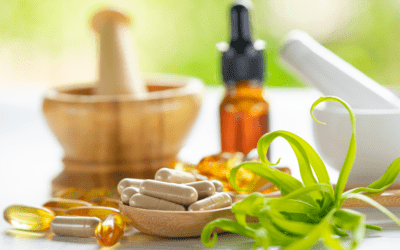
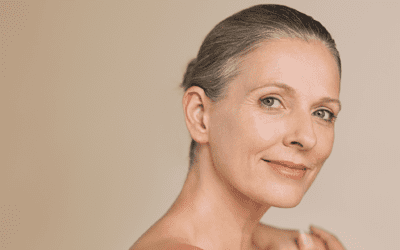


0 Comments